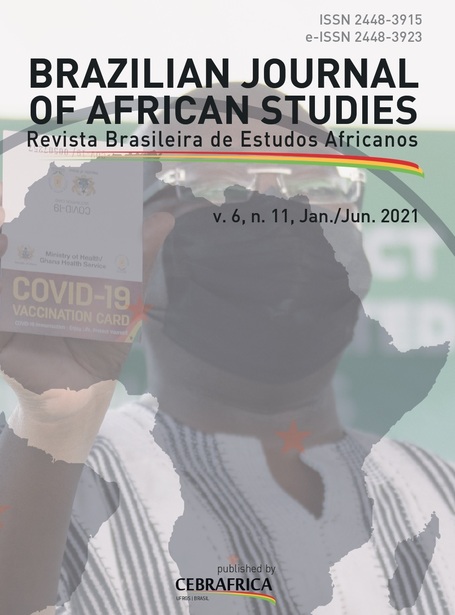THE DEVELOPMENT OF POST-APARTHEID SOUTH AFRICA IN LIGHT OF THE INSTITUTIONALIST PERSPECTIVE: A CRITICAL REVIEW
DOI:
https://doi.org/10.22456/2448-3923.109604Keywords:
Institutions. Economic Development. South Africa.Abstract
The transition to a democratic regime in South Africa in the 1990s met the rise of neoliberal policies and the discourse addressing “good institutions” and “good governance” as economic growth drivers. In the case of African countries, the discourse preached by multilateral organizations such as the World Bank and the IMF included the idea that policies focused on eradicating poverty and on encouraging education would also mean development. The aim of the current study is to assess to what extent the adequacy to market-oriented institutional models has contributed to South African development, based on a set of institutions. In order to do so, the current study conducted a literature review about the New Institutional Economics (NIE), which is the main proponent of market-oriented institutions as key to development; it also analyzed the critical view of these linear models. It concludes that the association between institutions and economic development is more complex than that estimated in market-oriented models applied to mainstream institutionalism, mainly for developing countries.
Downloads
Downloads
Published
How to Cite
Issue
Section
License
The author will hold copyright over the published articles and retain publishing rights.

Brazilian Journal of African Studies is licensed under a Creative Commons Atribuição 4.0 Internacional.


